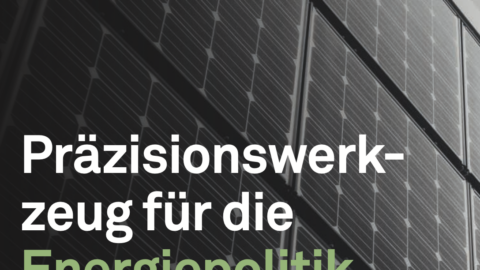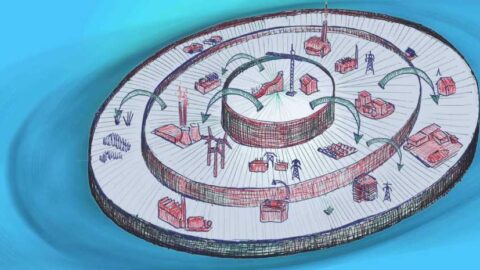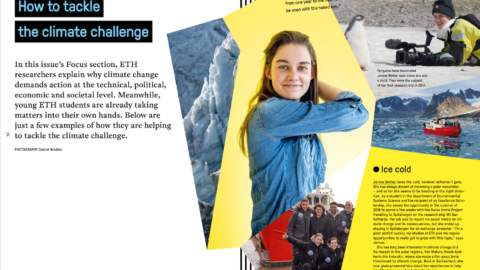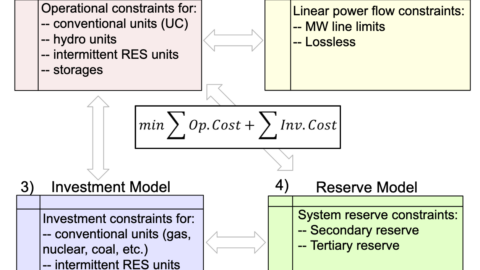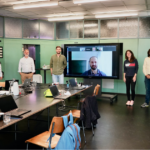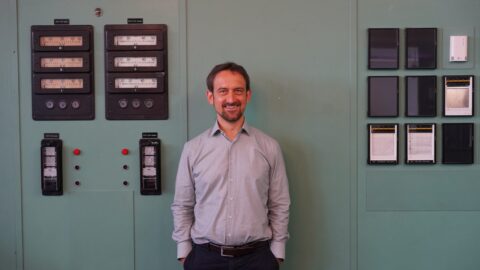With the decarbonization and decentralization of energy production, Switzerland faces two mammoth tasks in the coming years and decades. The restructuring of the energy supply requires political and investment decisions. The stakeholders in the energy sector act based on scenarios that show possible developments. Scientists at ETH Zurich have now created the modeling platform Nexus-e. It enables to create scenarios for the electricity sector and, in particular, also includes economic and grid-related issues.
Category: News (page 3)
Pilot project release: The role of flexibility providers in shaping the future energy system
The Nexus-e team has successfully completed the pilot project “The role of flexibility providers in shaping the future energy system” supported by the Swiss Federal Office of Energy. The established platform will serve as a modeling infrastructure to facilitate the analysis of future energy systems.
ETH GLOBE: Nexus-e helps researchers to understand the future energy system
Nexus-e is mentioned in the GLOBE magazine as a tool helping researchers to understand the future energy system and get ready for the cleantech race.
Energy blog: Nexus-e and modeling for policymakers
Computational models can provide technical analysis to objectively evaluate the impact of energy policies. But why are they rarely used in public policymaking? Unclear quality of the input, non-transparent methodology, lack of validation, neglecting behavioural irrationality, and oversimplification are some of the barriers. Nexus-e makes a first step to tackle these challenges.
Presentation of the Centralized Investments Module (CentIv) at the MEDPOWER 2020 conference
Congratulations to Elena Raycheva for having successfully presented the methodology and results of the CentIv module at the MEDPOWER 2020 conference!
Nexus-e annual strategy meeting: fruitful achievements in the past and clear roadmap for the future
The Nexus-e team successfully held its annual strategy meeting to conclude the past fruitful year and to draw a roadmap for the future. In a hybrid format with members joining online and in-person, the team aligned on the vision and identified tasks for the coming months and years.
Nexus-e featured in the ETH Industry eWeek 2020
Nexus-e was presented online in the virtual exhibition of the ETH Industry eWeek 2020. It was also demonstrated as a video case study under the topic “energy and construction”. During the event, Prof. Gabriela Hug answered questions regarding the case study and the Nexus-e platform.
Pranjal Jain joins Nexus-e as new MSc Student
Pranjal is currently a MSc student in Energy Science and Technology at ETH Zurich. She will conduct her Master’s thesis on the diffusion of solar PV and battery storage in Switzerland under different energy system scenarios.
Successful participation in Energy Data Hackdays 2020
Last weekend, the Energy Science Center participated in the Energy Data Hackdays 2020 in Brugg. The Hackdays provided an excellent opportunity to challenge an interdisciplinary team into rethinking ways of visualising existing energy data. In a rapid and creative process and under the guidance of ESC team members, a team of four successfully tackled the posed challenge and presented a well-functioning prototype after only 30 hours.
Dr. Florian Landis joins Nexus-e
The Nexus-e team welcomes Dr. Florian Landis to be in charge of the macroeconomic modelling as one of the core modules in the Nexus-e platform.


